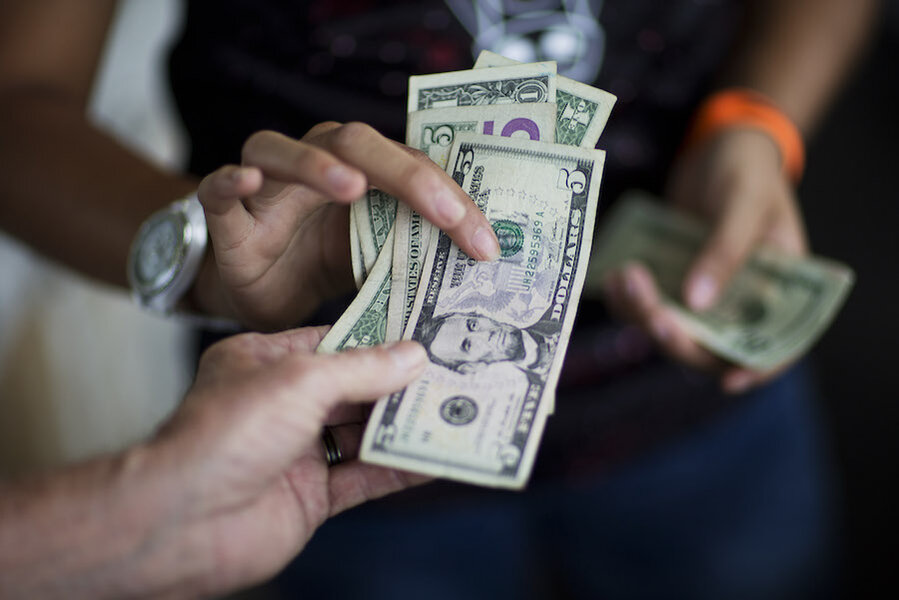Economic slowdown? US GDP grows at sluggish 1.1 percent pace in spring
Loading...
| Washington
The U.S. economy expanded at a sluggish 1.1 percent pace this spring as businesses sharply reduced their stockpiles of goods and spent less on new buildings and equipment.
That is slightly below the Commerce Department's previous estimate of 1.2 percent growth as measured by gross domestic product, the broadest gauge of the economy.
Consumers offset the corporate cutbacks by spending at the fastest pace in six quarters, Commerce said Friday. That suggests steady job growth and modest pay gains are fueling healthy demand that could spur faster growth in the second half of this year.
The economy expanded at a lackluster 1 percent annual pace in the first half of 2016, following growth of 2.6 percent last year. The sluggish first half is a stark reminder of the economy's inability to achieve strong, sustainable growth since the recession ended seven years ago. It has been the slowest recovery since World War II, and followed the worst downturn since the 1930s. Growth hasn't topped 3 percent for a full year since 2005.
The economy stumbled in the first three months of the year as consumers spent cautiously. Slow overseas growth and a stronger dollar held back exports. Stock markets gyrated amid signs that China's economy, the second-largest in the world, was slowing.
Those headwinds likely caused U.S. businesses to cut back on their stockpiles and slow their spending on new equipment in the second quarter. The decline in stockpiling was the fastest since the autumn of 2011.
When companies clear out their inventories, they order fewer new goods, weighing on growth.
State and local governments scaled back their spending on new buildings more than previously estimated and imports rose, rather than fell, in the April-June quarter. Friday's figures are the second of three estimates the government issues for each quarter's growth.
Consumers ramped up their spending by 4.4 percent, slightly faster than last month's report. That robust demand should encourage businesses to restock their warehouses and store shelves with more goods.
Economists forecast that growth should accelerate to roughly a 2.5 percent annual pace in the third and fourth quarters.
New home construction should also quicken growth. Home building and renovations weighed on the economy in the second quarter, but sales and construction of new homes has been healthy in recent months. New home sales jumped to their strongest pace in nine years in July.
Despite the weak expansion so far this year, businesses stepped up their hiring in June and July. The unemployment rate is at a low 4.9 percent. There are also signs incomes are rising, particularly for lower-paid workers. Those trends should help growth accelerate in the coming months.
Yet the strong hiring amid weak growth highlights a broader shortcoming of the economy: It has become less efficient and productive since the recession. American businesses may be hiring in part because it takes more workers to raise output even a modest amount.







